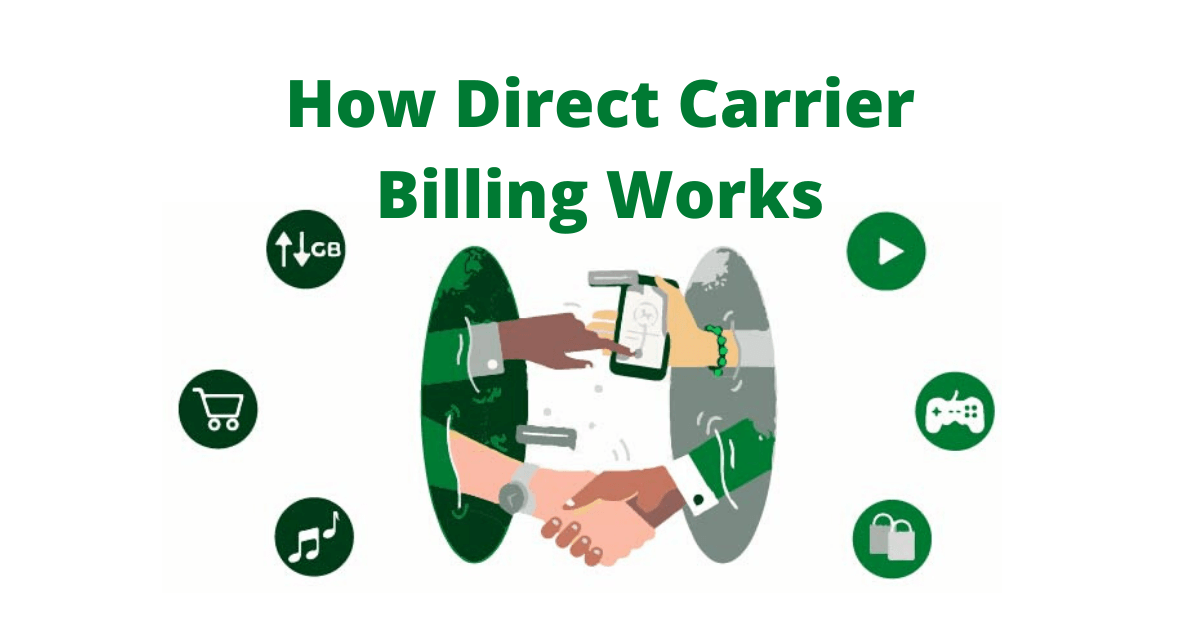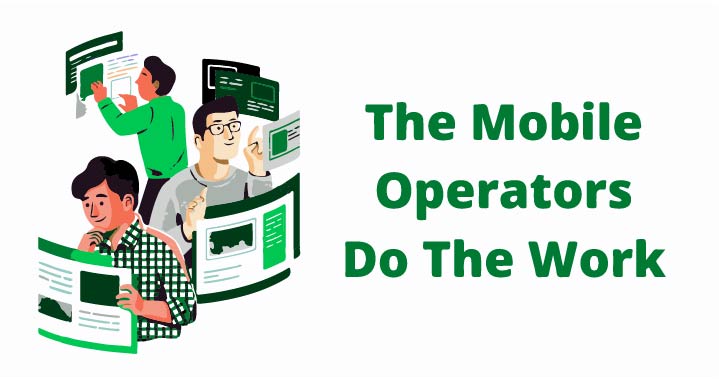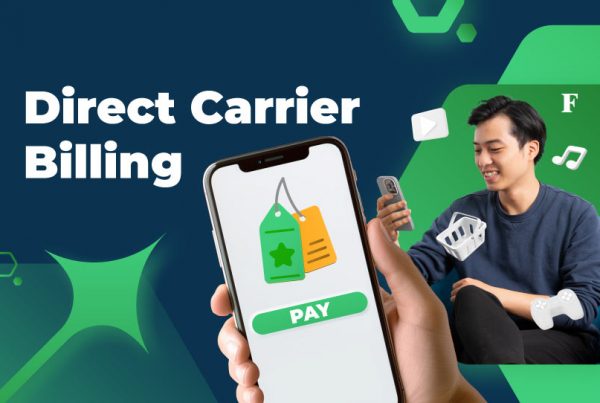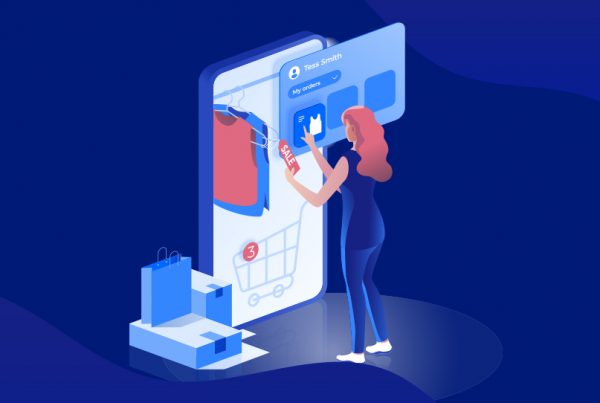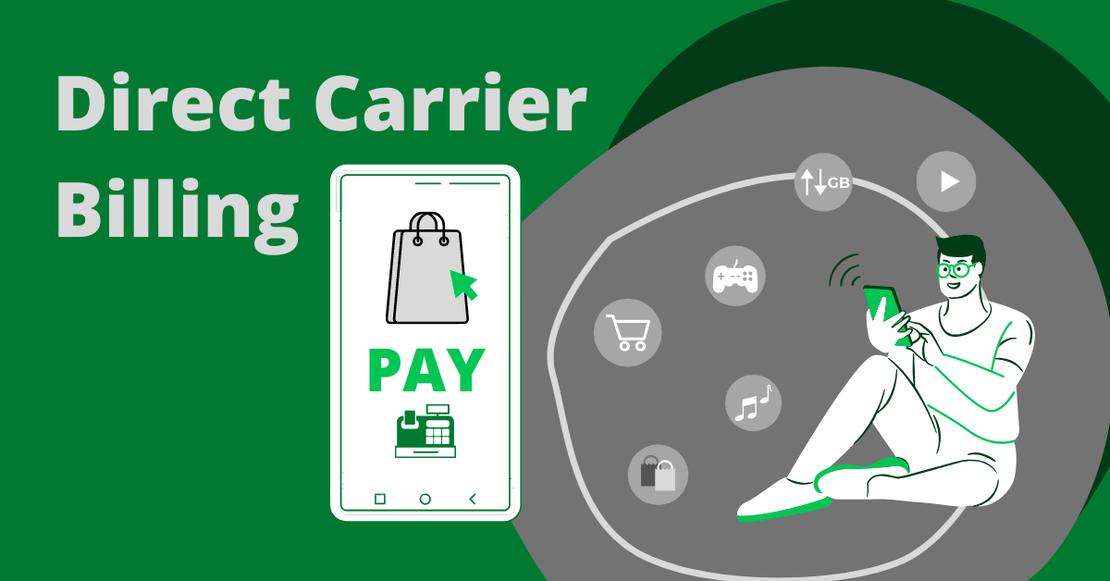
In the US, more than 70% of buyers have credit cards but in the rest of the world, only a small fraction own one. For example, only 21% of the population in Malaysia hold credit cards. Should we simply not cater to the 80%? Direct carrier billing helps businesses fill this gap that disconnects their businesses with their potential market.
It’s a lucrative opportunity for companies, no matter the size, and a convenient option for customers. Here’s how it works and how it’ll help you.
How Direct Carrier Billing Works
This payment method is easy for consumers to understand and use instantly.
- Upon checking out, the buyer will be asked to choose a payment option.
- One of the options offered will be the service providers offering direct carrier billing.
- How they’ll be charged would depend on whether they’re using postpaid or prepaid services.
- Postpaid: The amount purchased will be added to their monthly mobile phone bill.
- Prepaid: The amount purchased will be deducted from their current load balance immediately.
- The transaction is successful!
Payment is now complete and the customer can now have their item, app, music, streaming service, digital content or whatever product that’s available to acquire via their phones, tablets, and other mobile devices.
Why Direct Carrier Billing is the Next Big Online Payment System
There are several benefits that are unique to direct carrier billing, both for the consumers and the businesses. Here are the reasons why your business should be utilizing this new tech now:
1. It’s User-Friendly.
A walkthrough isn’t necessary for either party. It’s intuitive for customers, especially now that online payments are popular and more widely used. Direct carrier billing uses that same process but with less hassle, needing only the phone number of the user. It offers an alternative to mobile wallets, which often means linking a third-party app to a bank account.
On the back end, the app or website will send that information to the mobile operators, who will double-check the purchase amount, type of plan and load available. Then the purchase will either be approved or denied.
2. No Screening Needed.
Credit cards require a lengthy application that includes presenting documents as proof of identification and financial status, and a credit investigation that looks through years-worth of data. The outcome is highly uncertain, even if you comply with the minimum requirements.
Several factors can deny the applicant a credit card. A late payment two years ago can send a red flag, further complicating and delaying the process. Any other concerns that the bank finds high-risk would deny the application.
It’s not the case with direct carrier billing, however. Postpaid plans have been pre-screened and the charge will be added to their operator billing. For prepaid users, the transaction will be deducted from their available load. It’s ready for the customer to take advantage of at that moment.
3. It’s Fast.
Timing is essential when enticing a person to buy. With this payment option, there’s no waiting time to see if the purchase was successful. If the transaction failed, they can either go to a store to buy more load or call customer service. It’s faster to have it added to your phone billing than with credit. Conversion rates are applied and the buyer gets to see the amount in their local currency.
All this occurs while their interest is still high, which gives a higher likelihood of them pushing through with the transaction. In turn, it decreases the possible lost opportunities while increasing the pool of likely return customers. Your market gets to buy what they want from you and your business gets several benefits in an instant. It’s a win-win.
4. Mobile Operators Do the Work.
Direct carrier billing uses simplified checkout flows and minimal data, shortening the process. Now, imagine even that work taken off your hands. Similar to working with credit card brands and card-based payments, your partner mobile service company will take care of the transaction.
The information exchange in-between on your business end is programmed to run automatically. Be sure your developers work closely with the carrier’s developers so this feature runs smoothly and your company won’t have to lift a finger. Your business will then be able to focus on what happens before and after the purchase.
It’s a small piece of technology, just an added to feature to your website or app but offers big returns. Take Google Play as an example, which includes direct carrier billing in its mobile payment methods, and the wide market it has access to. These benefits alone would allow you to increase your market share and grow the business. It pushes you ahead of the competition and expands faster.
Due to a shorter checkout flow merchants, have been quick to adopt this new tech. It’d be best not to wait too long when thinking about incorporating direct carrier billing into your business. The only important matter to consider is, “Are you ready for the increase in growth you’ll be seeing?”
